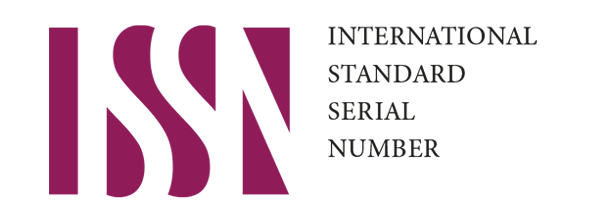Analysis of Autism Children's Classifications in Elementary School
DOI:
https://doi.org/10.51178/jsr.v4i3.1748Keywords:
Clasification, Autism, ElementaryAbstract
This research was conducted with the fundamental aim of carrying out a careful analysis of the classification of children with autism in the elementary school environment. Using the case study method, the research approach includes consideration of various aspects, including cognitive characteristics, behavior and social interactions. Data was collected through observations, interviews with teachers, as well as examination of related documents, providing a strong basis for in-depth analysis. With a focus on a deeper understanding of the varied characteristics of children with autism at the elementary school level, the main aim of the research was to classify these children based on their cognitive abilities, behavior and level of social interaction. It is hoped that the results of this research can be used as a basis for designing educational programs that are more appropriate to the individual needs of each autistic child. The benefits are not only limited to improving learning effectiveness, but also include supporting social integration in the elementary school environment. This research involved subjects of children who had autism and attended elementary school. Study participants included children with varying cognitive characteristics, behavior, and levels of social interaction. The results highlight significant variation in the characteristics of children with autism in elementary school, allowing classification based on their cognitive abilities, behavior and level of social interaction. Some children show a positive response to certain learning methods, while others require a more individualistic approach. It is hoped that the classification of research results will provide a solid basis for improving educational programs, increasing learning effectiveness, and supporting the social integration of children with autism in the elementary school environment.
Downloads
Published
Issue
Section
License
Copyright (c) 2023 Education Achievement: Journal of Science and Research

This work is licensed under a Creative Commons Attribution-ShareAlike 4.0 International License.














